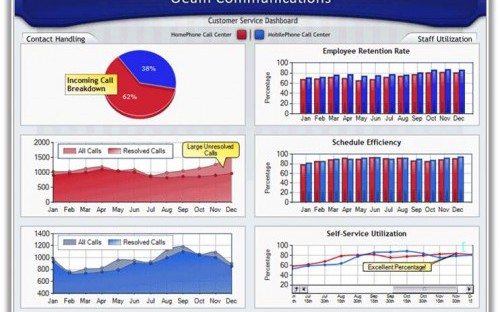Latest posts
What’s going on at parkrun?
Virtue-signalling all the way to the bank
Bud Light: brand purpose or virtue-signalling?
The Coddling of the American Mind, by Greg Lukianoff and Jonathan Haidt
Belonging, by Owen Eastwood
Such a simple thing
The Long Win, and The Scout Mindset
The Cult of We by Eliot Brown and Maureen Farrell
Coffee and covid modelling
John Lewis: so right-on it’s wrong
By theme
Marketing strategy
Insight & metrics
Innovation & inspiration
Brand & positioning
Marketing communications
Business purpose
Leadership
By industry sector
Financial services
Retail
FMCG
Technology & start-ups
Consumer services
Business to business
Other sectors
By type
Books
Comment
Quotes
Thought leadership
Customer dashboards are popular now – everyone’s talking about them, and feeling great about using them to “bring the customer into the board room”. Your average customer dashboard is usually a table of measures, sometimes as many as twenty or thirty, that come directly or indirectly from your customers or consumers. These can be simple things like market share or retention measured by the business or third parties, along with data from custom research like customer satisfaction or net promoter scores, brand approval scores, and the like. Sir Terry Leahy says, Listen to your customers and they’ll give you your strategy. He says the primary job of marketers is to bring the voice of the customer into the business so that people can do the right thing for the customer. His is a simple logic that’s hard to dispute: Keep giving customers value consistently over time and they’ll reward you with loyalty.
So getting customer metrics into the boardroom is a win for marketers, isn’t it, because it’s the voice of the customer at the top of the organisation. Sadly, I think it’s being conflated with another issue that concerns marketers, especially those less confident or who operate in organisations which see marketing as a promotional tool rather than the guiding force Sir Terry describes. These marketing people talk about demonstrating return on investment for their marketing activities. It’s not entirely their fault that they have to put a lot of time and energy into proving the value of marketing communications to a sceptical organisation, but they often end up linking the two – customer metrics and dashboards become their way of proving the value of “marketing”, by which they really mean “marketing communication expenditure”. What a missed opportunity – the voice of the customer shouldn’t be used to report back on whether the marketers are making nice ads or creating efficient web journeys! It’s even questionable whether to report on how much customers love the brand. The voice of the customer is how marketers can help the board report back on how the entire business is doing in serving customers.
Now read Dashboards part two: taking action
Latest posts
What’s going on at parkrun?
Virtue-signalling all the way to the bank
Bud Light: brand purpose or virtue-signalling?
The Coddling of the American Mind, by Greg Lukianoff and Jonathan Haidt
Belonging, by Owen Eastwood
Such a simple thing
The Long Win, and The Scout Mindset
The Cult of We by Eliot Brown and Maureen Farrell
Coffee and covid modelling
John Lewis: so right-on it’s wrong
By theme
Marketing strategy
Insight & metrics
Innovation & inspiration
Brand & positioning
Marketing communications
Business purpose
Leadership
By industry sector
Financial services
Retail
FMCG
Technology & start-ups
Consumer services
Business to business
Other sectors
By type
Books
Comment
Quotes
Thought leadership
